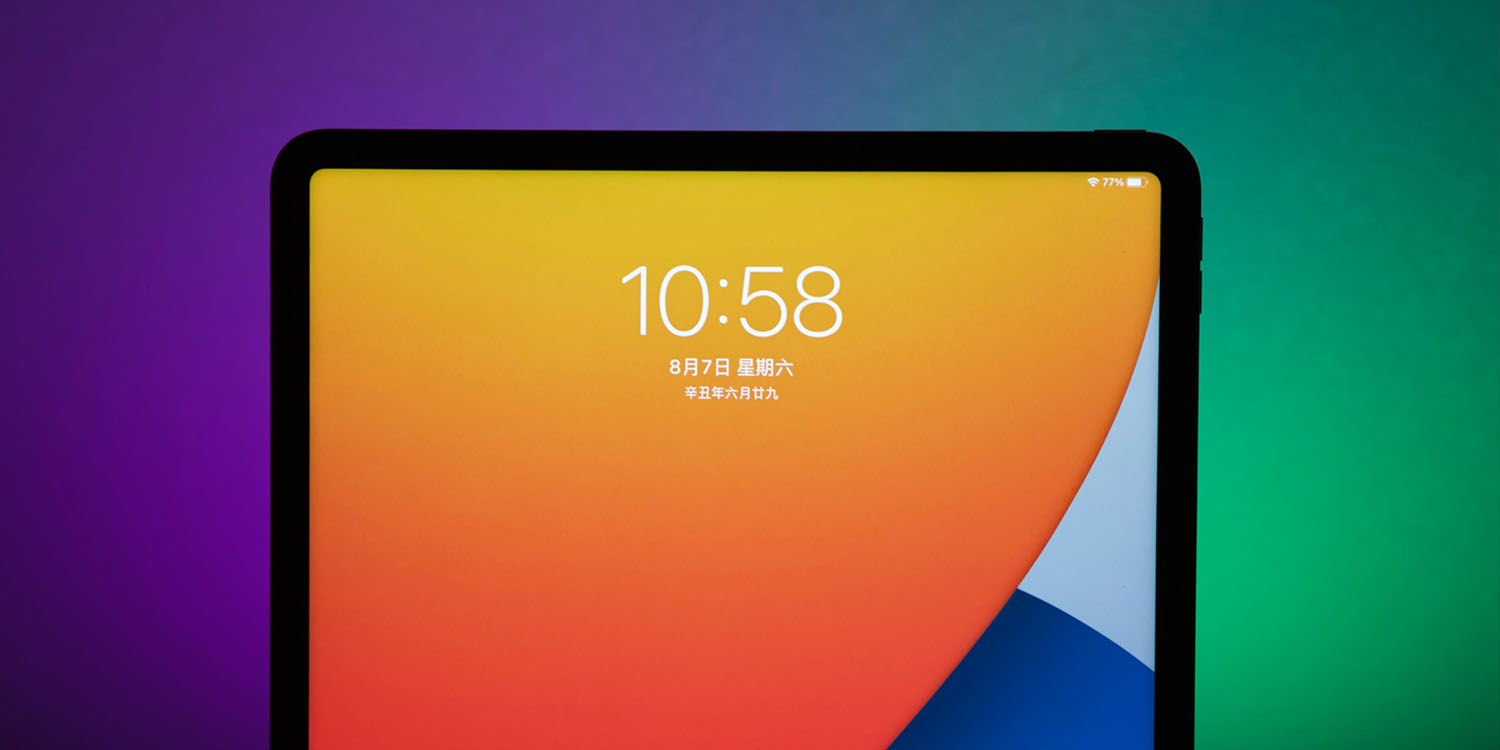
Likely high demand for OLED iPad models is one factor in Samsung Display changing its development plans, according to a new supply chain report.
Samsung had been working on an even more advanced form of OLED panel than the type it will be making for Apple, but it has now postponed that project …
Background: Apple’s display roadmap
We talked last year about Apple’s display roadmap. This began with IPS LCD with conventional backlighting, which is still used in older Macs and cheaper iPhones.
Next up was IPS LCD with miniLED backlighting. Apple switched to this for iPad Pro models, and is now using it in the new MacBook Pro. It allows for darker blacks and brighter whites, and makes a surprising difference.
OLED is gradually transitioning from smaller screens to larger ones. Apple first adopted OLED in the Apple Watch before bringing it to the iPhone, starting with the iPhone X. The company has not yet used this in either iPads or MacBooks, but is expected to do so sometime in the 2023-2026 timeframe.
MicroLED: Despite the similarity in name to miniLED, this is a completely different technology, and is still at a very early stage of development. As with OLED, it’s likely to come first to the Apple Watch, then iPhone, iPad, and Macs, in that order.
OLED iPads to use hybrid display tech
It was originally reported that Apple would launch the first OLED iPad models this year, but Apple had abandoned that plan by late 2021, according to Apple analyst Ming-Chi Kuo. Current expectations are that we’ll see the first OLED iPads in 2024.
For iPhones, Apple uses a type of OLED known as a flexible polyamide film. This allows the display to curve back into the casing at the edges, which is what allows for the very slim bezels (as the connectors are beneath the display, not inside the bezels).
However, scaling up flexible polyamide film to iPad and MacBook displays is tricky, as that flexibility can create warping, which might be visible in larger displays. For that reason, Apple is expected to instead use a hybrid glass-polyamide film display – which combines the flexibility needed for slim bezels with the rigidity required to avoid warping.
Samsung to focus work on Apple’s OLED panel tech
OLED tech continually advances, and Apple is reported to have asked Samsung to use a form known as “two stack tandem OLED,” which uses two layers of pixels instead of one. Doubling up the pixels in this way makes for brighter screens, while also extending their life.
The latter is an important factor for iPads and MacBooks, which people typically keep for longer than iPhones.
Samsung has also been working on the next generation of OLED, beyond tandem panels, and has been partnering with Japanese company Ulvac for the development work on this. However, The Elec reports that Samsung has now postponed this project in order to focus on the tandem OLED iPad panels it will be making for Apple.
The South Korean company is planning to postpone investments into full-cut, vertical deposition method it had been co-developing for over a year with Japan’s Ulvac.
Samsung Display will instead start investments into half-cut, horizontal deposition method it has been developing Canon Tokki, sources said.
This is because the latter method has already been commercialized and is being developed with the aim to supply OLED panels for tablets to Apple. Cupertino is planning to launch iPads with OLED panels.
FTC: We use income earning auto affiliate links. More.




Comments